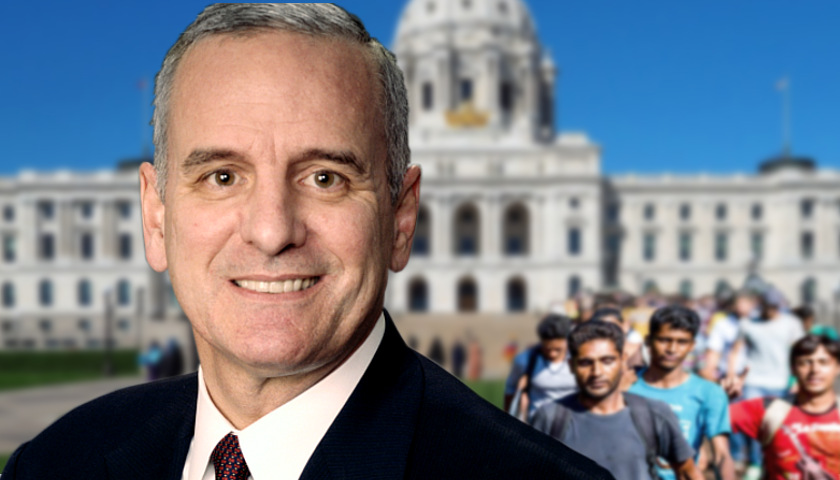Minnesota has generously welcomed more refugees per capita than any other state under the federal government’s Refugee Resettlement Program, but data on its cost to taxpayers is difficult to come by.
In March, the Minnesota Office of the Legislative Auditor released a report on the program to determine what sort of data was available, but Director of Special Reviews Joel Alter basically gave up on trying to find an answer, as did Minnesota’s Center of the American Experiment.
“If you’re going to try to estimate cost you really have to start with some indication of you know, who’s out there, that either currently or once was a refugee,” Alter told The St. Cloud Times, telling Minnesotans to be “very skeptical” of the numbers that are often thrown around.
A commonly-cited University of Notre Dame study found that a single refugee costs taxpayers $107,000 each, but this “figure does not include costs to school district, county or city taxpayers, so the actual cost is considerably higher,” Republican gubernatorial candidate Jeff Johnson wrote in a recent op-ed.
Similarly, the Center of the American Experiment set out to find hard data on the program’s cost in 2017 to Minnesota taxpayers, but “after diligently trying to find good cost data,” the center “gave up and sent a formal data request to the Department of Human Services (DHS).”
“At the end of last week, Friday, March 3, I got an email from DHS basically saying that DHS has some of the data but not in an existing report. DHS offered another report, which we got a copy of a few days ago,” Center of American Experiment’s Kim Crockett wrote, calling the data she received “incomplete” and “so unreliable.”
Data on the number of refugees settled in Minnesota is equally hard to pin down due to the high rate of “secondary migration,” which occurs when a refugee originally settled in a different state moves to Minnesota.
“In the two year period ending in 2015, Minnesota became home to more secondary refugees than all other states combined,” Johnson wrote in his op-ed.
One thing that’s certain is that the number of refugees has drastically decreased since President Donald Trump took office. According to DHS’ website, Minnesota took in 2,166 refugees in 2015, followed by 3,059 in 2016, but midway through 2017 that number dropped to 696.
The numbers, already complicated by secondary migration, are further obscured by laws that only allow refugees to keep their refugee status for up to a year, The Times points out, covering a region of Minnesota whose citizens were chastised for raising concerns about the settlement program.
“If you are that intolerant, if you are that much of a racist or a bigot, then find another state,” Gov. Mark Dayton told St. Cloud residents after they requested a temporary pause on the program.
If elected, Johnson has promised to lobby Trump and Attorney General Jeff Sessions to indefinitely end Minnesota’s participation in the Refugee Resettlement Program.
“The concerns raised by citizens about refugee resettlement, however, are not intolerant and racist, they are reasonable and real,” Johnson wrote in his op-ed. “After all that Minnesota has done—far more than any other state in the U.S.—it’s time to end our participation in this program.”




